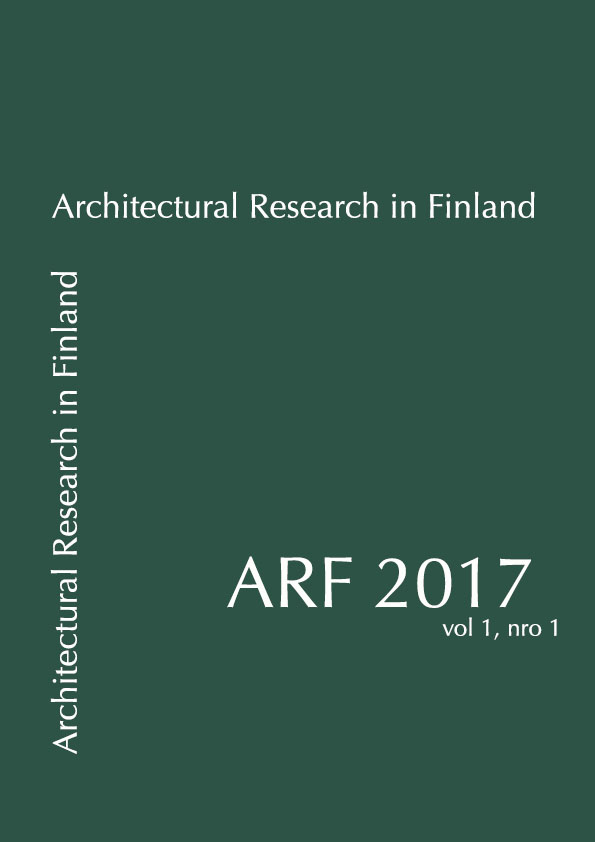Paimio Sanatorium: interrelationships within a technological system
Keywords:
Alvar Aalto, Action Network Theory, Paimio Sanatorium, Finland, Construction HistoryAbstract
This paper discusses the water, sewage, ventilation and electrical systems at the scale of the patient room, as well as the scale of the site, in the Paimio Sanatorium (1928–1933), designed by Alvar Aalto. The theoretical underpinning for the study is the actor-network theory developed by the French sociologist Bruno Latour. Besides the social theory, it also assigns a role for material factors in the evolution of technological systems. In this theory, the relationship between social and material actants is reciprocal, an observation which opens up interesting angles into architectural research. The study aims to answer the questions: which actants modified the decisions regarding different technological solutions; how did they mediate this input; and what kind of impact did the processes make, in themselves, in return? I deduced, that the building process of the sanatorium involved a lot of new technology, the application and development of which was an integral part of the architectonic meaning creation in a large-scale institutional construction such as this, and it succeeded in varying degrees. The success or failure of the design largely depended on how viable a network the actants were together able to assemble. The examination of the relationship between architecture and technology in the building process of the sanatorium reveals which issues were critical for the architect and for the other actants in shaping the different solutions, and helps us understand why a certain system was developed further than another – and how modernism came to be expressed in Paimio Sanatorium.




